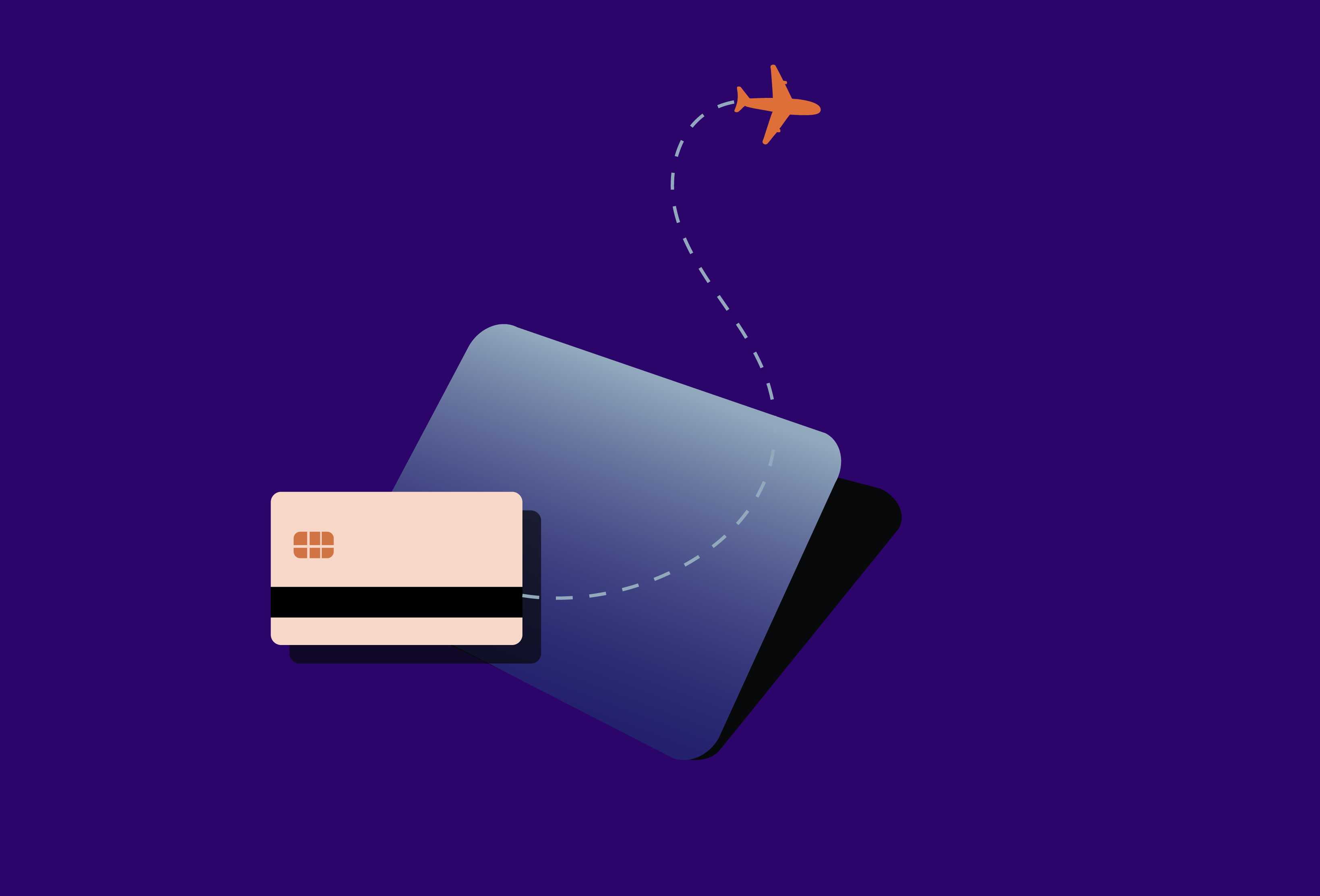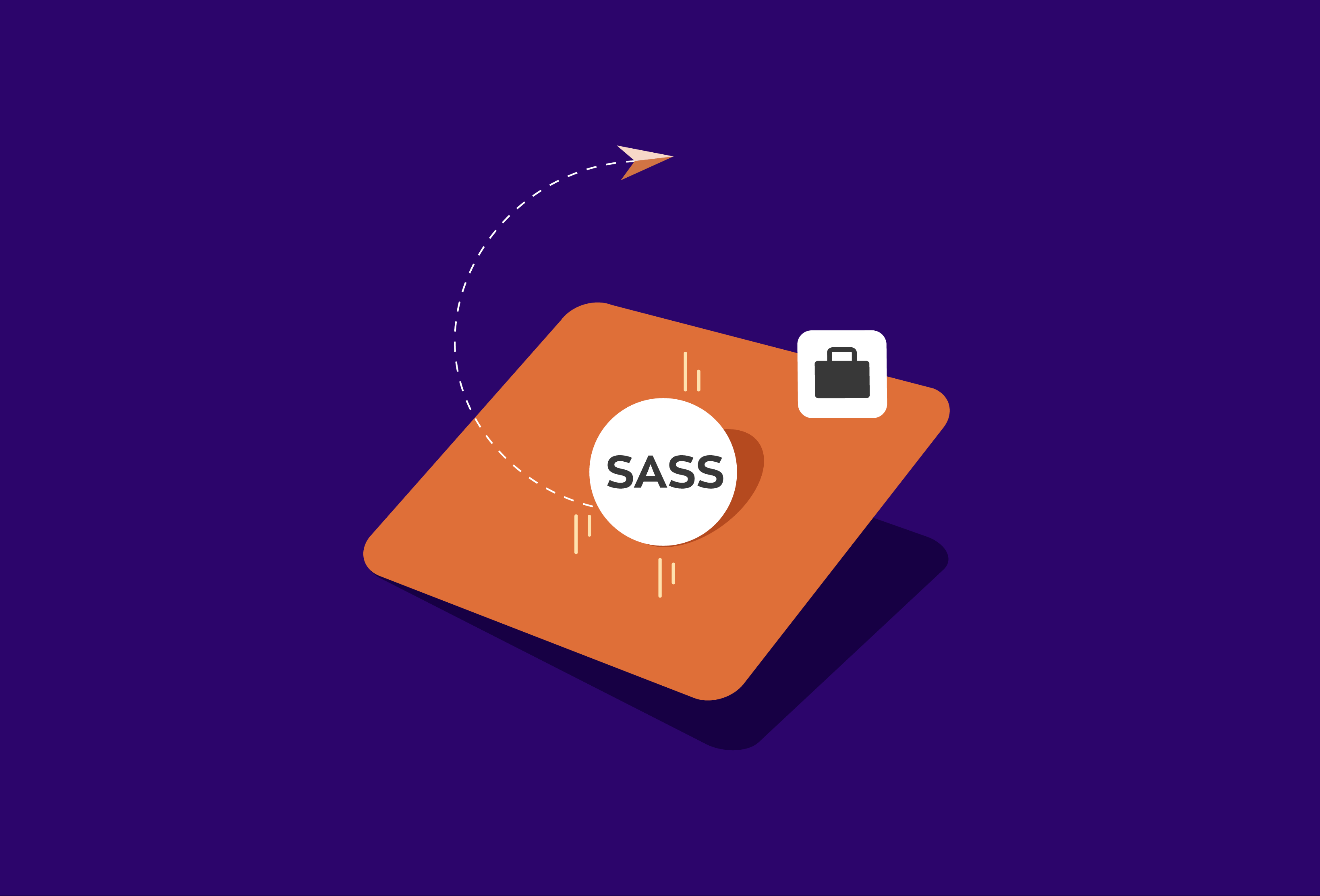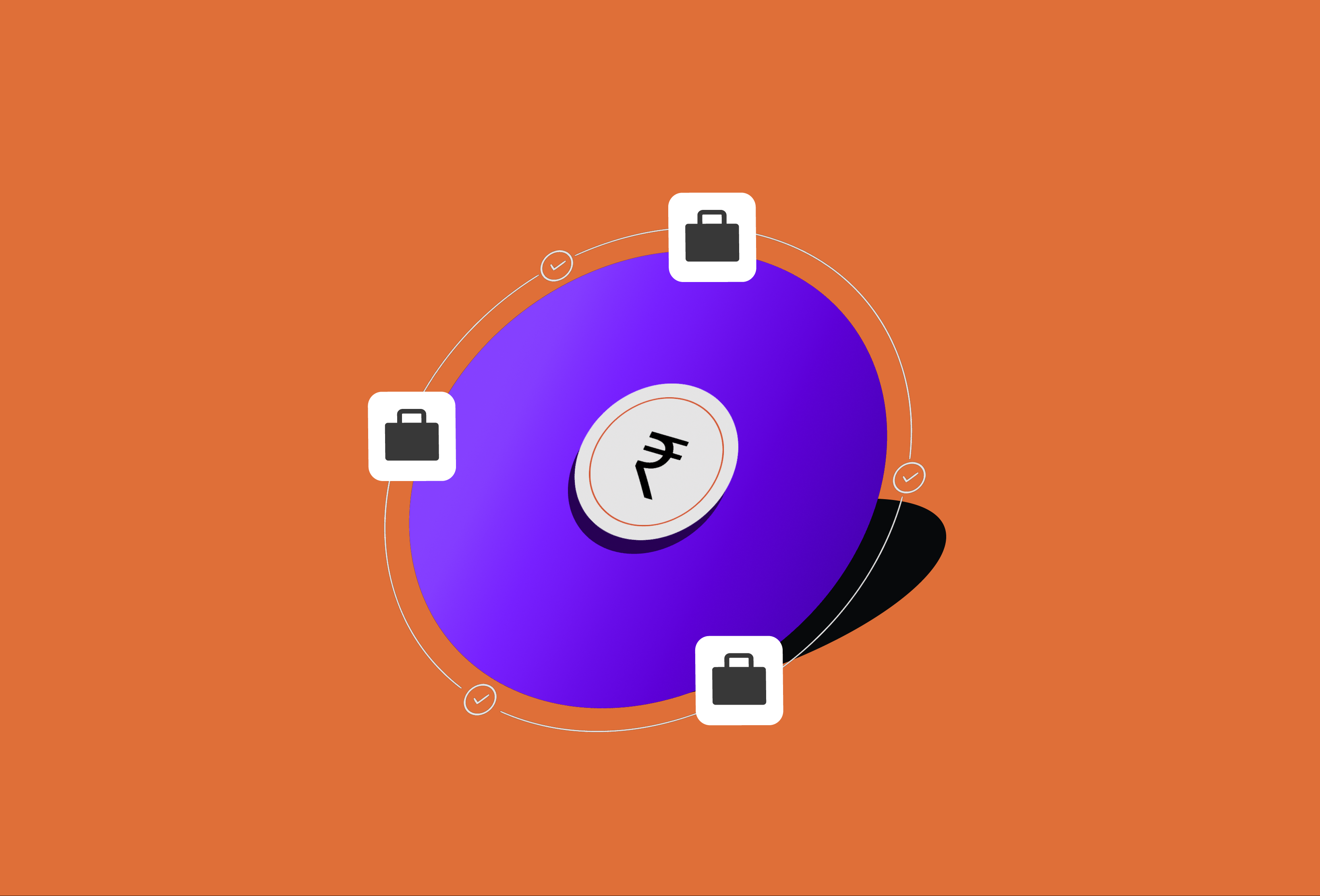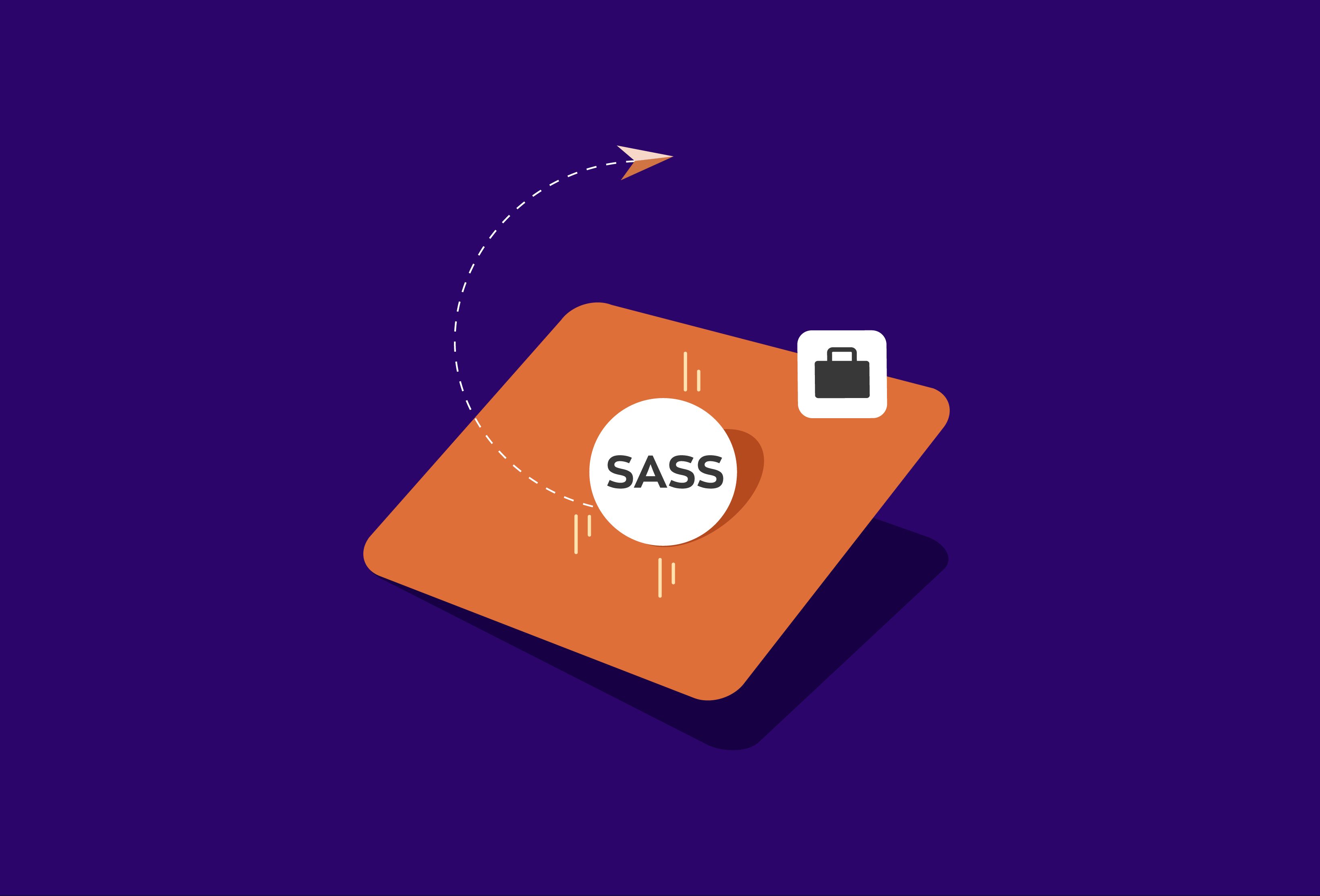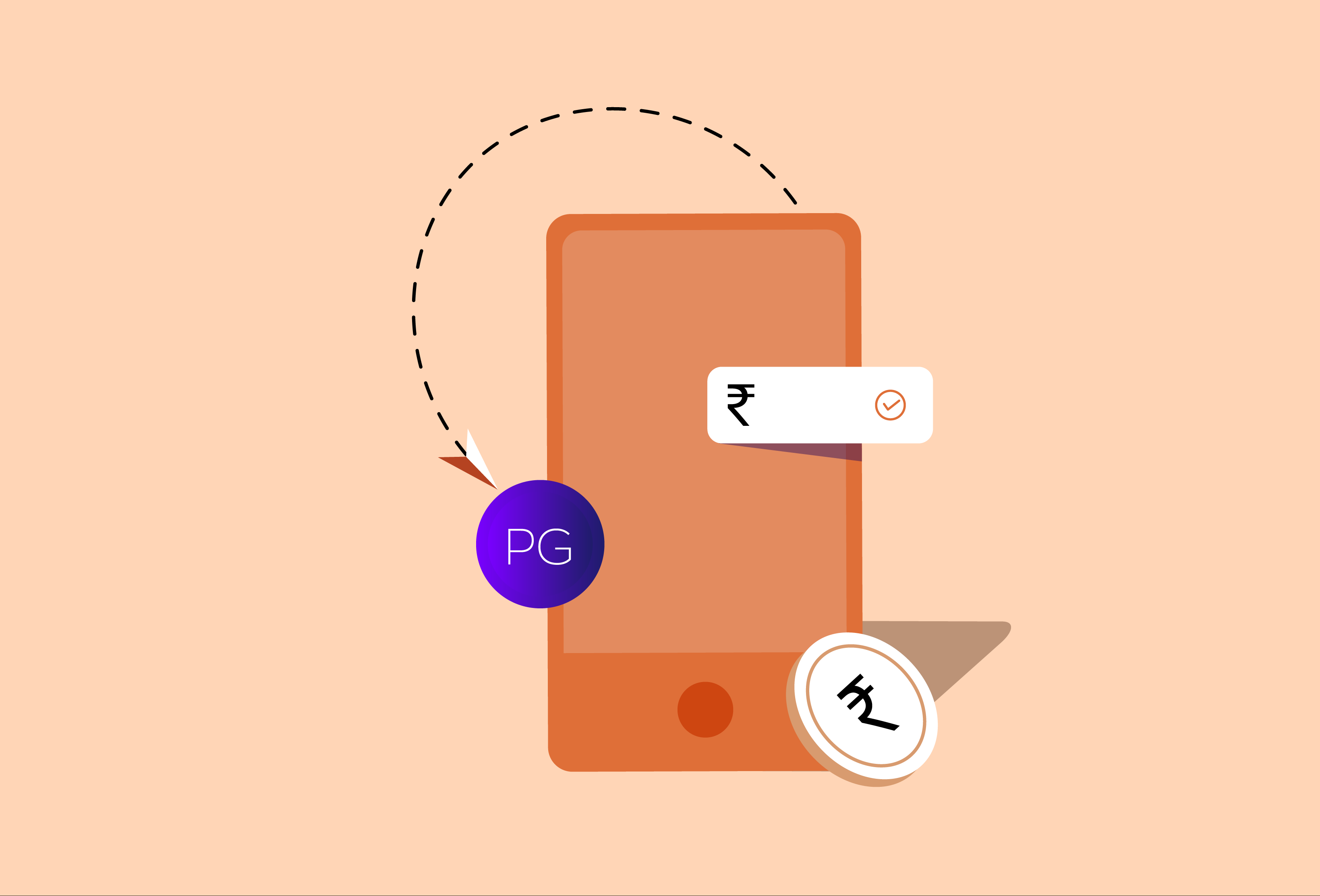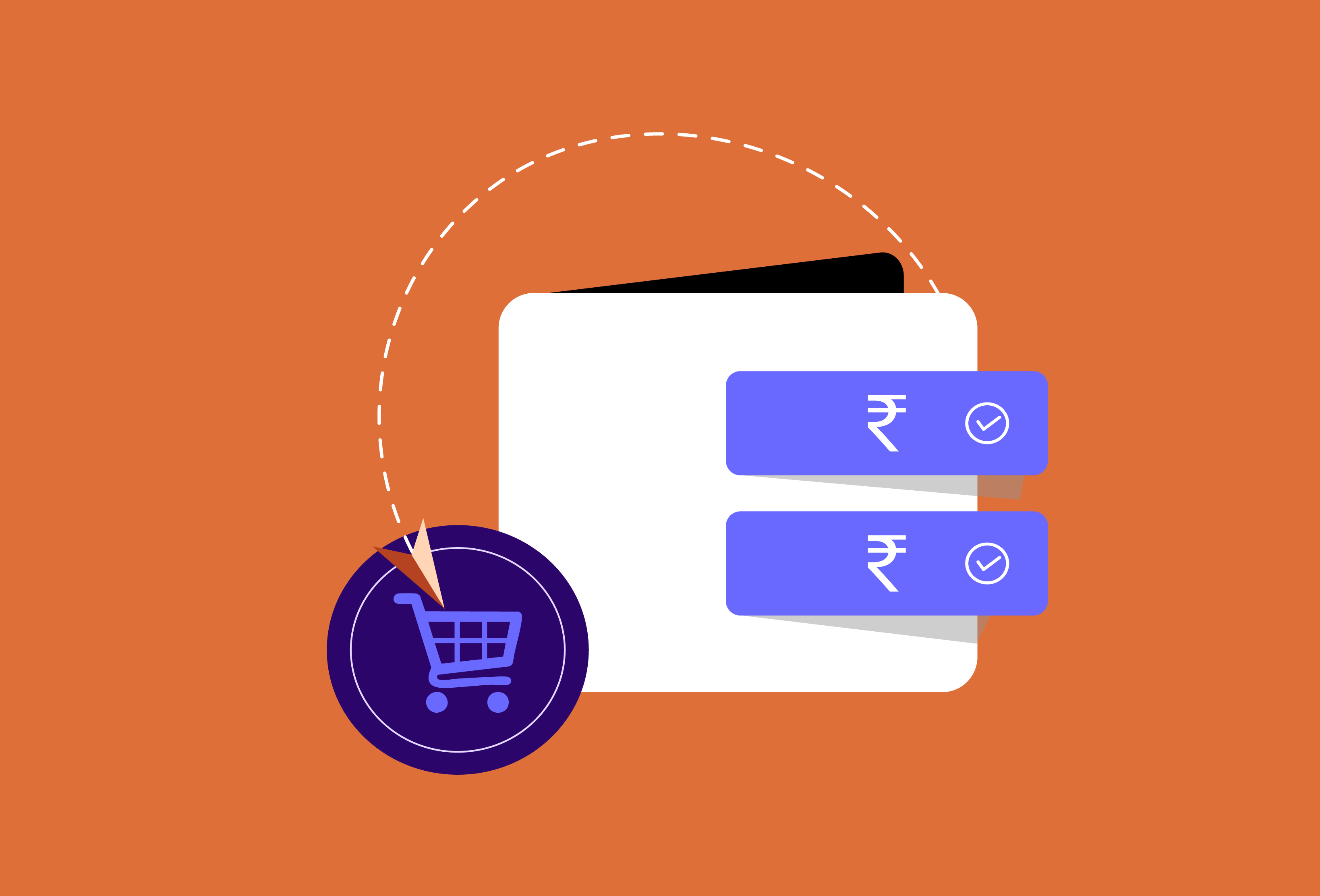The checkout page is often the moment of truth for an e-commerce business. A customer may browse for minutes or even hours, add products to the cart, and then leave everything behind if the payment process feels complicated or unsafe. For online businesses, this is not just a lost sale but also a missed chance to build customer trust.
In recent years, online payment systems have advanced rapidly, reshaping how customers complete their purchases. With the right payment gateway integration, businesses can now provide checkout experiences that are fast, secure, and designed around customer expectations.
The Role of Payment Gateways in E-Commerce
A payment gateway acts as a secure bridge between the customer, the merchant, and the banks that process the payment. Whenever a buyer pays online, the gateway encrypts sensitive details, routes the request to the relevant bank or card network, and confirms whether the transaction can go through. Once approved, the acquiring bank and processor handle the settlement, ensuring the money reaches the seller’s account.
In simple terms, without a payment gateway, e-commerce transactions would either be extremely slow or unsafe. Online payment systems are now at the center of digital commerce, playing a critical role not only in processing transactions but also in building trust and providing a smooth customer experience.
Faster, Seamless Checkouts
Time is one of the most important factors during checkout. Customers expect payments to go through in seconds, and any delay often results in cart abandonment. Payment gateways today use features such as card tokenization, one-click payments, and stored wallet balances to make transactions quicker.
For instance, Unified Payments Interface (UPI) has changed how people pay online by enabling instant transfers directly from bank accounts. Similarly, digital wallets and net banking integrations allow customers to pay without repeatedly entering details. Online payment systems, when supported by efficient payment gateway integration, reduce the number of steps in the checkout journey and give shoppers the confidence to complete their purchase without second thoughts.
Expanding Payment Options
Not every customer wants to pay the same way. Some prefer credit cards for rewards, others rely on UPI for speed, and many still trust net banking for large purchases. Modern payment gateways accommodate this diversity by offering multiple options in a single interface.
The rise of Buy Now, Pay Later (BNPL) services is also reshaping consumer behavior, especially for younger buyers who value flexibility. By offering these varied choices through online payment systems, businesses can ensure that customers are never forced to abandon a purchase simply because their preferred payment method was unavailable.
Payment gateway integration makes it possible for e-commerce platforms to support these varied channels smoothly. This inclusivity is especially important for businesses that want to expand into new markets and reach audiences with different payment habits.
Building Trust with Secure Payments
When it comes to payments, security is non-negotiable. Customers need assurance that their sensitive details are protected. Online payment systems address this through technologies like SSL encryption, tokenization, and advanced fraud detection tools.
Regulatory standards such as PCI DSS compliance and two-factor authentication add additional layers of protection. For instance, the requirement of a One-Time Password (OTP) for card transactions has significantly improved customer confidence.
Security measures, when implemented effectively, reduce chargebacks and fraudulent activities while maintaining a smooth user experience. Payment gateway integration ensures these safeguards are built into the checkout flow without making the process cumbersome for genuine buyers.
Personalization and Customer Experience
Beyond speed and security, personalization has become an important factor in digital payments. Payment gateways today can identify returning customers, auto-detect their preferred payment method, and even suggest offers or discounts based on previous transactions.
For example, a frequent wallet user might see their wallet option highlighted first, while an international shopper could be automatically shown currency conversion. Such small adjustments can make the checkout journey feel more tailored and effortless.
Online payment systems are also being designed to support multilingual interfaces and region-specific features. With the right payment gateway integration, businesses can ensure their customers feel comfortable and valued, which often leads to higher conversion rates and stronger loyalty.
Supporting Business Growth
Payment gateways are not just customer-facing tools; they are also strategic assets for businesses. By enabling cross-border payments, they allow companies to reach international markets without needing separate infrastructure. Multi-currency support, settlement features, and compliance tools are built into modern online payment systems to simplify global expansion.
Additionally, payment gateways provide valuable insights through transaction data. Businesses can analyze peak transaction times, preferred payment methods, and customer behaviors to make informed decisions about inventory, marketing, and product launches.
With seamless payment gateway integration, even small and medium-sized businesses can access enterprise-level tools to scale effectively. This makes payments not just a backend process but a growth driver for modern commerce.
The Future of Checkout Experiences
The future of online checkout is moving toward even more speed, security, and convenience. Biometric authentication, such as fingerprint and facial recognition, is already making its way into payment gateways. Artificial intelligence is being used to detect fraud patterns in real-time, enabling genuine transactions to proceed without delay.
Instant settlements are another development that benefits businesses by improving cash flow. For customers, the rise of subscription-based commerce will require payment gateways that can handle recurring payments with minimal friction.
As online payment systems continue to evolve, businesses that adopt advanced payment gateway integration will be better positioned to meet customer expectations and stay ahead of competitors.
The checkout experience is no longer just a technical process; it is a crucial part of how customers perceive a brand. Online payment systems have transformed e-commerce by making checkouts faster, more secure, and more personalized. Through efficient payment gateway integration, businesses can offer multiple payment choices, strengthen customer trust, and unlock growth opportunities.
As digital commerce continues to expand, the role of payment gateways will only grow in importance. For businesses, investing in the right payment solutions is not just about completing transactions but about building relationships, improving retention, and ensuring long-term success in a competitive market. With platforms like Zwitch, businesses can shape their checkout process the way they want, from choosing gateways to adding new payment methods, giving them the flexibility to adapt quickly and stay ahead in a fast-changing digital market.



